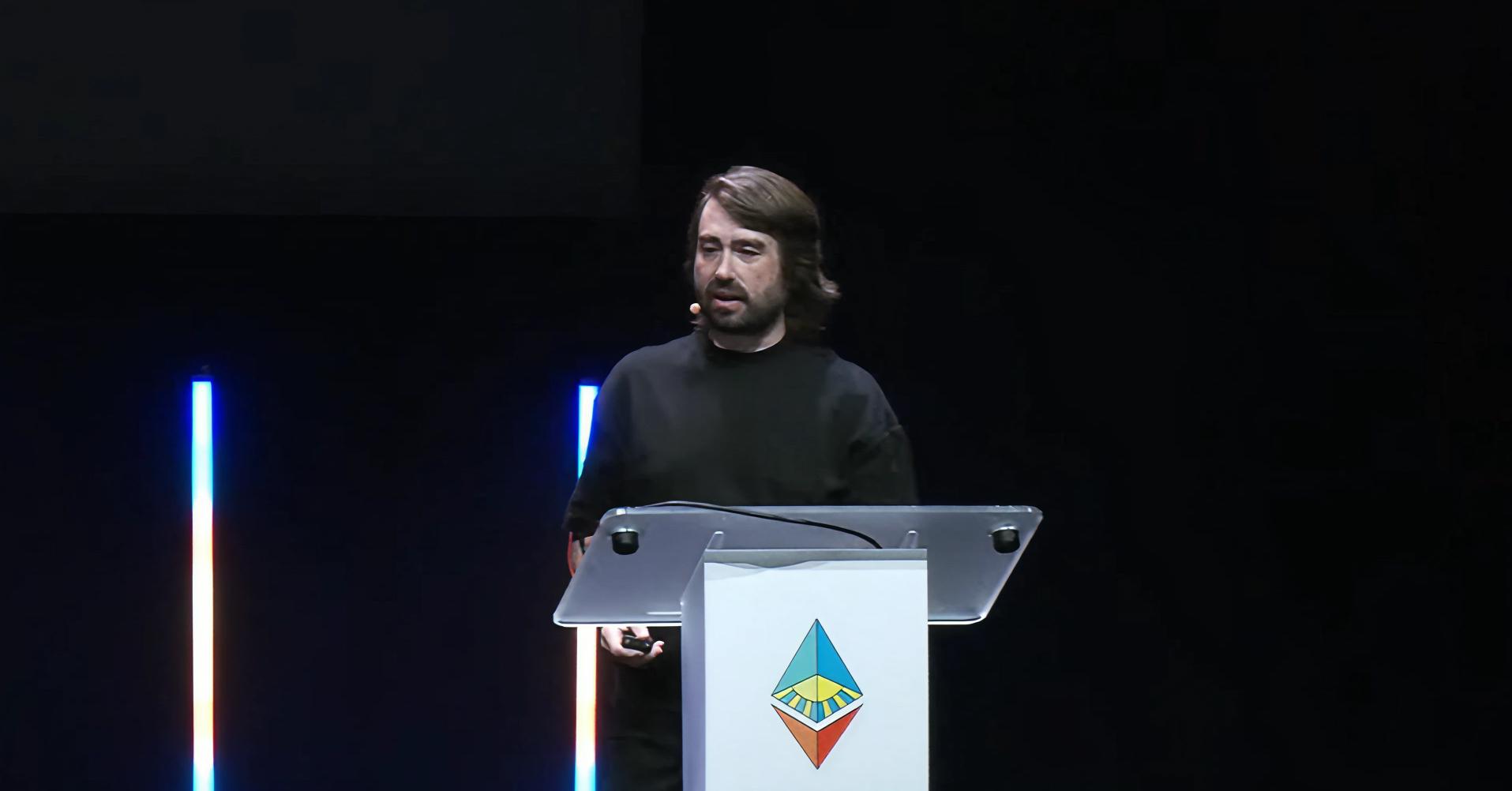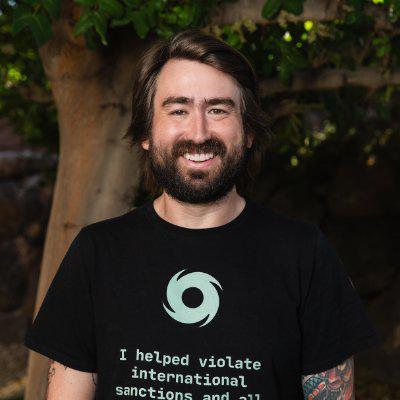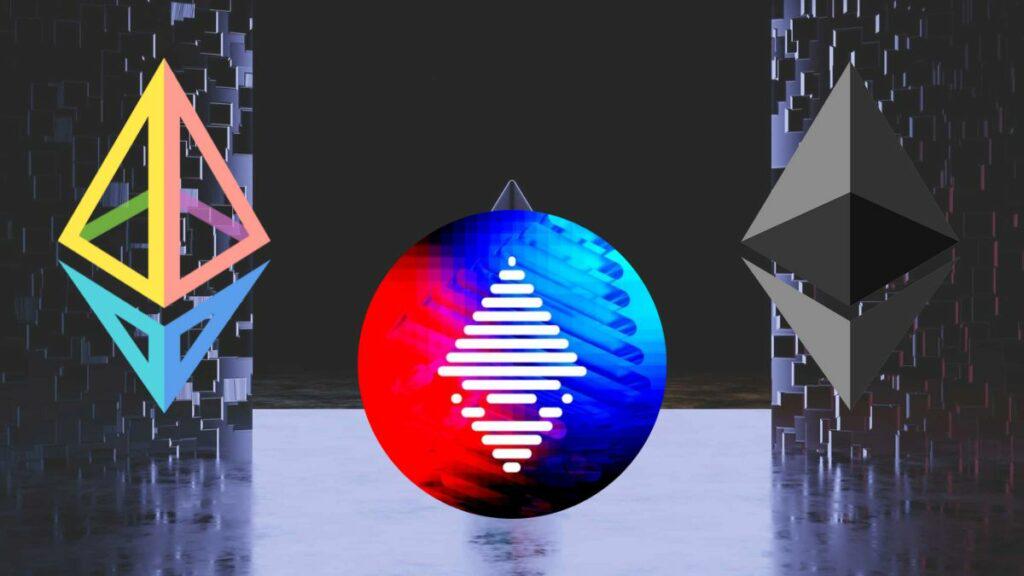Regardless of success or failure, the emergence of the ECF itself releases a positive signal: the Ethereum ecosystem still has the ability to self-update, and there are developers who are unwilling to remain silent and are willing to step forward.
Author: Zen, PANews
Once upon a time, the consensus among cryptocurrency industry practitioners and investors was that ETH would rise to $10,000. However, the reality is that Bitcoin has stood out in this cycle, while ETH's price has remained around $2,000, even dropping below $1,500 at one point.
In the face of the declining token prices, many in the community have directed their anger towards the Ethereum Foundation (EF), criticizing it from multiple angles, including but not limited to being weak and inactive, centralized governance, low transparency, lack of brand maintenance, bloated organizational structure, and lack of strategic vision. In response to these controversies, the EF announced a strategic reorganization in June of this year, but it remains under scrutiny.
Amidst the stagnation of ETH and the sentiment of "suffering from EF for too long," in July of this year, at the eighth Ethereum Community Conference (EthCC 8) held in Cannes, France, Ethereum core developer Zak Cole initiated the establishment of the Ethereum Community Foundation (ECF). "ECF will say what the Ethereum Foundation cannot say and do what the Ethereum Foundation is unwilling to do," Cole introduced at the conference, positioning ECF as an independent organization with the core mission of "supporting Ethereum in the form of assets" and committed to pushing the price of ETH to $10,000.

Who is ECF leader Zak Cole?
As the initiator of ECF, Zak Cole has a rich and diverse background. Zak received training as a network engineer in the U.S. Marine Corps and, during the "Operation Iraqi Freedom" from 2007 to 2008, he and his team were responsible for building critical mission data infrastructure in Anbar Province, Iraq.
After retiring from the Marine Corps, Zak, who worked as a network engineer, became involved with Bitcoin and continued to engage in network development, network engineering, and applied cryptography, founding several companies in the fields of ad tech, web hosting, and cybersecurity, eventually arriving in the Ethereum ecosystem and the broader blockchain space.
In 2017, Zak determined that the market lacked commercially viable and user-friendly blockchain system development tools, leading him to establish Whiteblock, which initially provided testing services and later decided to pivot to productizing those services into a SaaS platform. According to early materials released by Whiteblock, its clients included the U.S. Department of Defense, ConsenSys, Beam, RChain, Syscoin, and the Ethereum Foundation.

In addition to Whiteblock, Zak is active in several influential Web3 projects and organizations. He is one of the co-founders of the smart contract security competition platform Code4rena and has served as co-founder and CTO of Slingshot Finance, which focuses on decentralized trading experiences. He has also been a mentor at the ETC Labs accelerator. Additionally, he is the chair of the Enterprise Ethereum Alliance testing working group, providing technical consulting for multiple projects, including DeFi Pulse and Syscoin.
What truly brought Zak Cole into the spotlight was the recent launch of the Ethereum Community Foundation (ECF). He mentioned in his speech that "ETH rising to $10,000 is not a meme, but a demand, a benchmark, a directive." This statement excited many members of the Ethereum community.
Currently, aside from Zak as the leader, other core team members and supporters of ECF have not yet been publicly disclosed, and the specific organizational structure and leadership lineup are yet to be announced.
How to make ETH great again?
The ECF website states: "The price of ETH has been ignored for too long; our mission is to enhance its value through education, funding, outreach, and ecosystem support." To achieve this goal, ECF plans to fund a number of projects that can enhance the underlying infrastructure of Ethereum, while focusing on increasing the amount of ETH burned, expanding contributions to public goods, and promoting network scalability. Zak claims that the Ethereum Foundation (EF) does not place enough emphasis on ETH as an asset, seeking benefits for all ETH holders.
At its inception, ECF received community and funding support. The foundation has raised millions of dollars worth of ETH to fund projects that align with its goals. These funds primarily come from anonymous Ethereum holders and community donors. ECF has set strict funding criteria: it only supports "no-token, immutable" projects and requires that all selected projects must directly promote ETH burning, thereby enhancing ETH's economic value. This approach has been described as a "credibly neutral" project funding strategy, avoiding any model that dilutes value through the issuance of new tokens.
On the technical and ecological front, ECF has initiated several collaborative initiatives. Its first major funding project is the Ethereum Validator Association (EVA). EVA aims to provide a voice for network validators, allowing them to vote and prioritize protocol upgrade paths through staked ETH.

Cole pointed out that EVA will "introduce validator representatives," enabling validators to influence the development of Ethereum's clients and monetary policy based on performance. ECF is also actively promoting collaboration and communication with governments, regulatory agencies, and traditional financial institutions, hoping to facilitate the institutional adoption of Ethereum. The foundation emphasizes that all grants and decisions will maintain "Radical Transparency"; the community can participate in grant direction decisions through a "coin voting" mechanism, and all funding movements and project progress will be publicly disclosed.
Regarding the initiatives undertaken by ECF, some crypto KOLs and users believe that this focus on no-token, public chain infrastructure funding models helps return to Ethereum's original values, enhancing network security and reliability. Others have raised concerns about the completely no-token incentive model, worrying about the sustainability of project maintenance and developer rewards.
Although the establishment of ECF has attracted widespread attention, whether it can truly achieve the goal of "ETH returning to $10,000" remains to be seen. Whether it is promoting token value or reconstructing the governance and funding logic of the Ethereum ecosystem, this path will not be easy. Whether ECF can continue to attract developers and funding support while maintaining credible neutrality is key to determining its fate.
However, regardless of success or failure, the emergence of ECF itself releases a positive signal: the Ethereum ecosystem still has the ability to self-update, and there are developers who are unwilling to remain silent and are willing to step forward. This emergence of diverse voices and new forces represents a new hope for Ethereum, which is at a critical turning point.
免责声明:本文章仅代表作者个人观点,不代表本平台的立场和观点。本文章仅供信息分享,不构成对任何人的任何投资建议。用户与作者之间的任何争议,与本平台无关。如网页中刊载的文章或图片涉及侵权,请提供相关的权利证明和身份证明发送邮件到support@aicoin.com,本平台相关工作人员将会进行核查。




